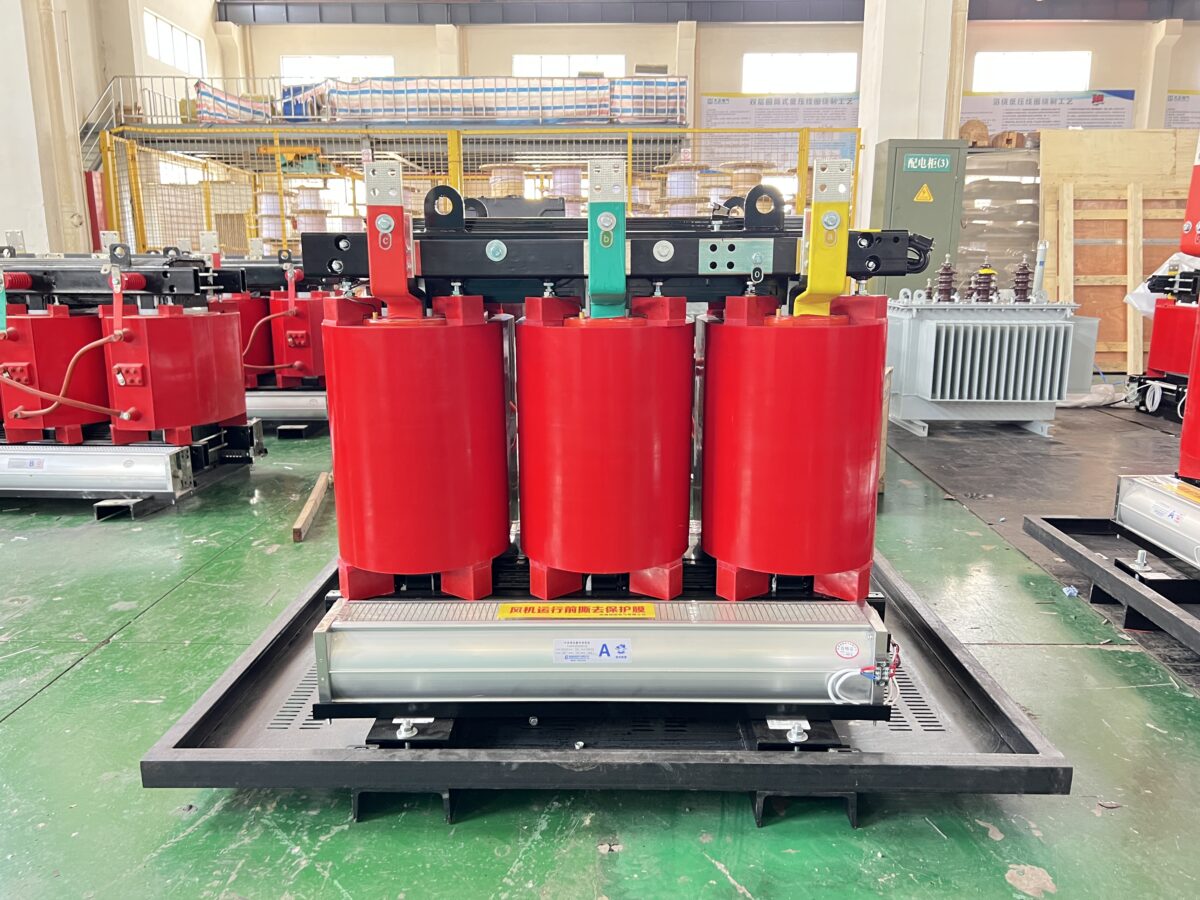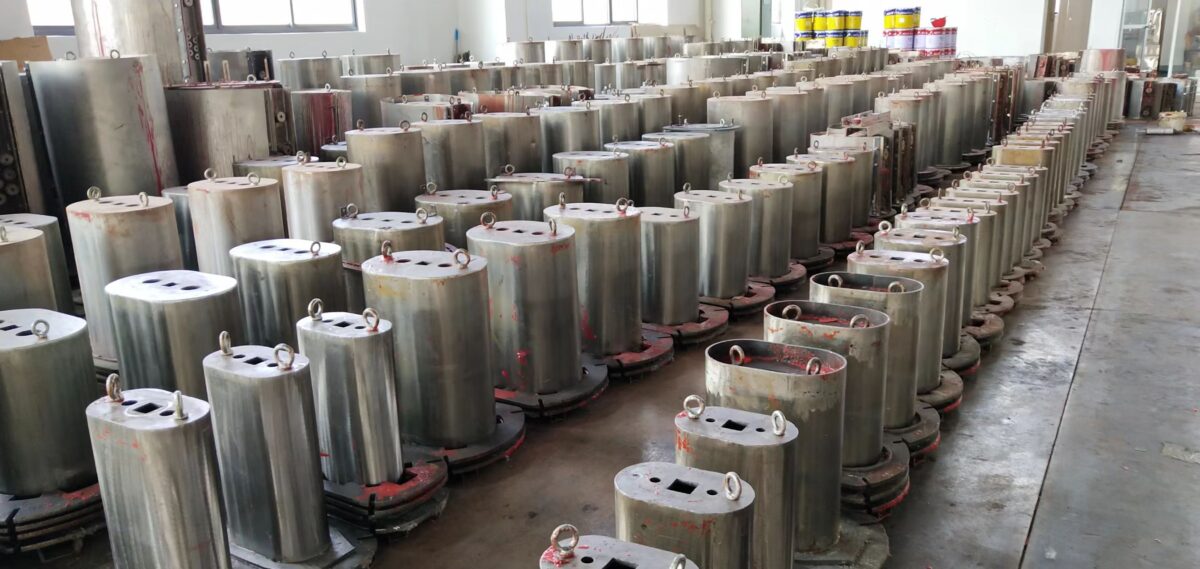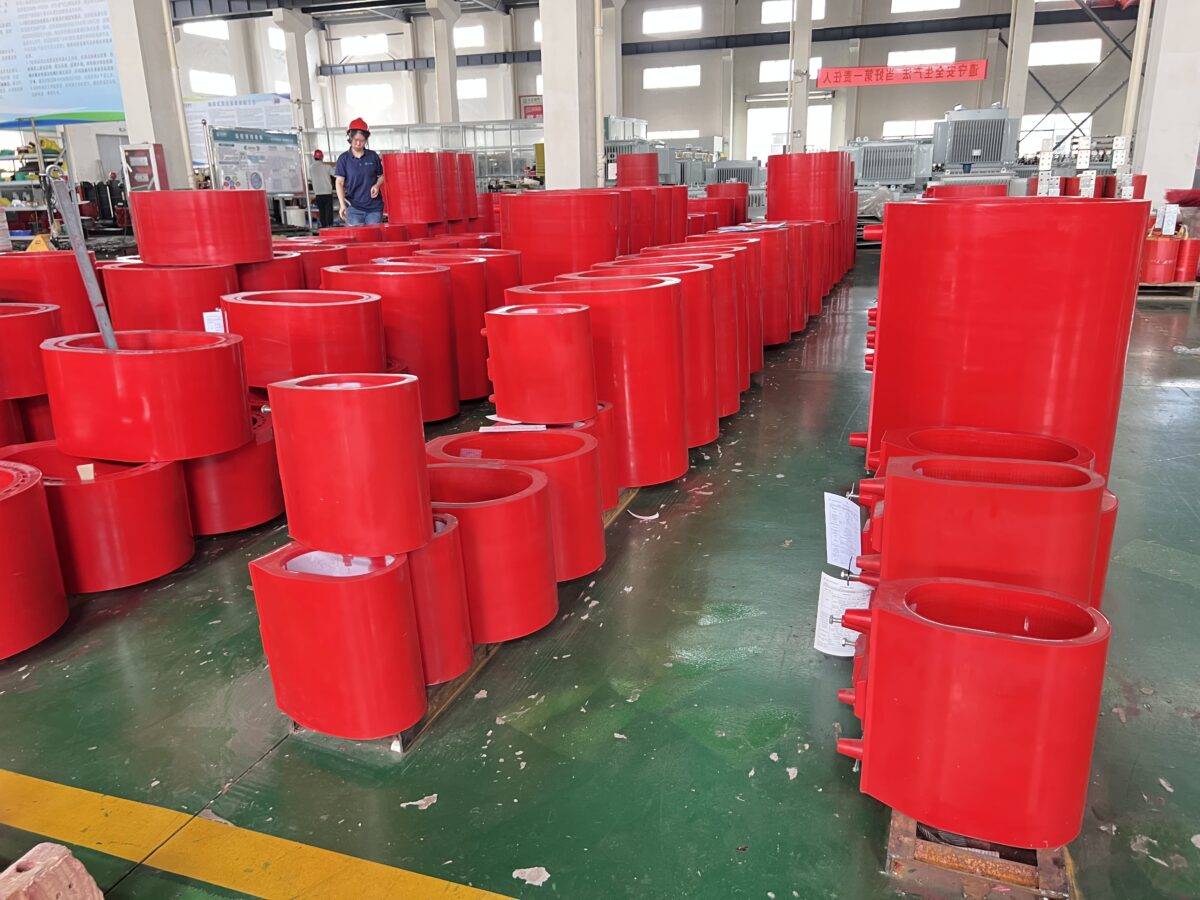What is a Dry Type Transformer : Types and Its Factors
There are various types of electrical devices or components available where some of them operate with the same frequency although the transformer is required for different voltage otherwise current requirements. The main function of a transformer in an electrical circuit is to increase or decrease currents/voltages. There are different types of transformers available in the market but the “Dry Type Transformer” is recommended due to some benefits as inexpensive, more efficient and they have safety features. These transformers also called cast resin type transformers. These kinds of transformers are applicable in indoors otherwise outdoors like a commercial, utility, industrial applications.


What is Dry Type Transformer?
Definition: Dry-type transformer is a completely stationary solid-state device and it needs less maintenance to provide problem-free service. This transformer doesn’t contain any moving parts. Not like liquid fill transformers, this transformer use simply high-temperature insulation systems as they are very safe environmentally. These transformers give a secure and consistent power source that doesn’t need fire-resistant vaults, the emitting of toxic gasses otherwise catch basins. These safety factors will allow these transformers to install in different applications where fire safety is required like schools, buildings, hospitals, factories, chemical industries.
This transformer does not use a liquid-like silicone otherwise oil to cool the core as well as coils. These transformers are isolation devices like air-cooled because the case of this device is ventilated to permit air to supply as well as cool the coils.
Types of Dry Type Transformers
There are different types of dry-type transformers available in the market like the following.
Open Wound Transformer
VPI-Vacuum Pressure Impregnated
VPE-Vacuum Pressure Encapsulated
Cast Coil
Open Wound Transformer
As the name suggests, this type of transformer is named based on the manufacturing processing. This process uses dip and bake method, at first the coils of the transformer are heated, then dipped in varnish and finally baked.


VPI (Vacuum Pressure Impregnated)
Normally, these transformers are applicable to commercial and industrial requirements. These types of transformers include insulation with high-temperature. The designing of these transformers can be done by using materials that can resist extremely high temperatures. These are also polyester sealant with moisture-resistant and normally used with a vacuum force impregnation strategy.
VPE (Vacuum Pressure Encapsulated)
These transformers are made up of Si-based resin instead of polyester. These transformers generate a thick varnish which is extremely resistant to humidity, salt, etc. So these are applicable for harsher environments.
Cast Coil
These types of transformers are consistent even in extreme weather conditions so they need very little maintenance and they can resist high short circuits. Because of these reasons, they are used in an earlier time where liquid-filled units were available for the harsh atmosphere. At present, these are extremely used in ships, tunnels, nuclear plants, cranes & mining industries.
Important Factors
There are many important factors need to consider while designing this type of transformer, they are
Selection of Type of Insulation
Expectancy of Life
Core Material Selection with Less Hysteresis Loss
Level of Insulation
Losses
Winding Material Selection
Regulation
K-factor
Overloading
Testing
In this transformer, insulation breakdown is the most frequently occurred failure which results in severe faults like earth faults or phase-phase winding. Based on the tests only the condition of insulation for the component parts in the transformer like core, windings, and bushings can be determined. In oil type transformer, the condition of winding insulation can be determined by using the common method like dissolved gas analysis but it cannot be achievable in dry-type transformers. There are different tests that include the following.
FAQs
1). What is the difference between dry type and oil type transformer?
As the cooling medium, dry type transformer uses air whereas the oil type uses oil
2). How do you test a dry-type transformer?
The transformer testing can be done by measuring the resistance of winding, voltage ratio, phase displacement, load loss, etc
3). Which oil is filled in a transformer?
Insulating oils are filled due to high insulating properties.
4). Why is the oil used in a transformer?
Transformer oil is used for protecting the core & winding of the transformer because they are completely immersed within the oil
5). What is DGPT in a transformer?
DGPT is the detection of gas, pressure & temperature for the transformers.
Thus, this is all about an overview of dry type transformer. Compare with other transformers, these are best due to these reasons like size, insulation, risk of fire, maintenance, and cost of installation. Here is a question for you, what are the features of this transformer?

